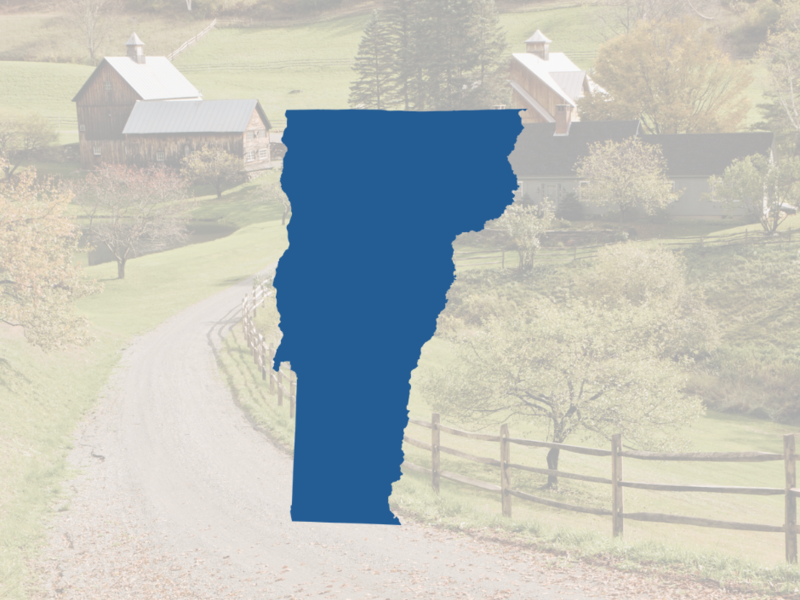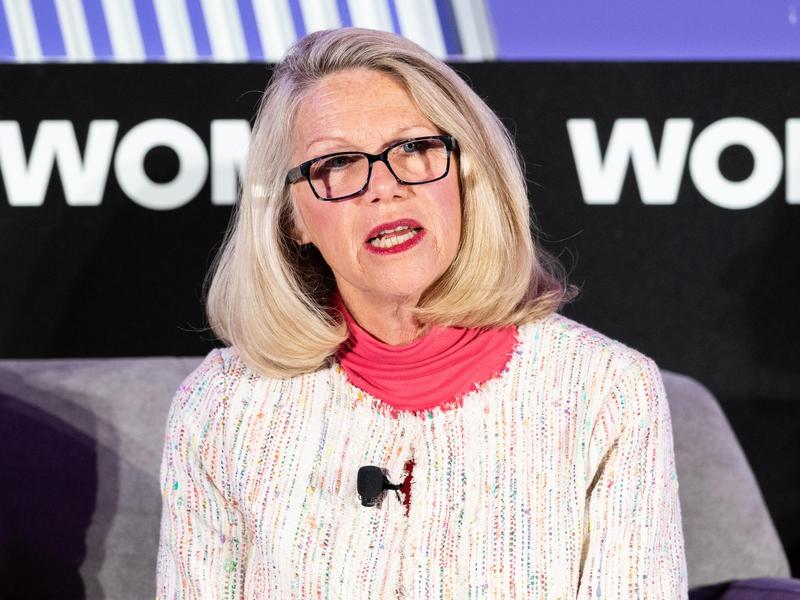
While most in the political world accept the premise that the Republican majority in the House is in real danger, not everyone understands exactly where the GOP is in peril. Even a cursory glance at the map below of where the most at-risk Republican seats are reveals that it is hardy an even distribution across the country—instead, there are pockets and patterns.
The map shows the 40 GOP-held House seats that are rated by The Cook Political Report as Lean Democrat (4), Toss Up (16), or Lean Republican (20). There are another 26 Republican seats that are rated as Likely Republican—not competitive at this point and not depicted on the map but certainly not safe either. Conversely, there are nine Democrat-held seats rated as competitive. None are in the Lean Republican column but there are four Toss Ups and five in Lean Democratic, along with 11 other Democratic seats that are not currently competitive but are in the Likely Democratic column, meriting watching.
David Wasserman, House Editor for The Cook Political Report, points out: “If Midwestern and rural seats will decide the Senate, the House will be decided by the suburbs. Of particular concern for Republicans are districts that include both liberal/upscale zip codes and/or major colleges and universities, and working class, pro-Trump regions. That’s where Republicans could suffer the most as a result of an enthusiasm gap between revved-up Democratic voters and the Trump base.”
The state with the largest number of competitive GOP-held seats is California with six, followed by Pennsylvania with four and New Jersey and Texas with three each. Seven states have two Republican seats in the three categories rated as Toss Up or just leaning toward one party or the other: Florida, Illinois, Iowa, Kansas, Michigan, Minnesota, and New York. Nine states have a single endangered GOP seat: Arizona, Colorado, Georgia, Kentucky, Maine, Nebraska, Utah, Virginia, and Washington.
The largest concentration of vulnerable Republican seats is in the Philadelphia area; four on the Pennsylvania side of the river, three on the New Jersey side. Of the six endangered Republican seats in California, five are in Southern California—three in formerly Republican-dominated Orange County, and one each in Los Angeles and San Diego counties. The sixth seat is farther north in the Central Valley.
What jumps off the map is how few of the vulnerable GOP seats are in the South and the upper Great Plains states. Once you get past Republican Barbara Comstock’s 10th District in Virginia’s D.C. suburbs, you have to go all the way down to Karen Handel’s suburban Atlanta 6th district of Georgia, then swing west all the way over to Texas to pick up John Culberson’s 7th District in Houston’s northwest suburbs, Pete Sessions’s 32nd District in the Dallas suburbs, and Will Hurd’s 23rd District along the Mexican border. (Carlos Curbelo’s 26th District in Florida is as far south as you can go in the continental United States but is certainly not “Southern.”)
For the most part, the theme is suburban districts, which makes sense given that the GOP messaging over the past few years has been aimed at more rural and small-town America rather than middle-class and upscale suburbs, places that used to be GOP strongholds but are now a weak spot for Republicans.
With President Trump’s historically low job approval ratings and congressional generic-ballot test numbers that are strongly pointing toward Democrats, plus private polling from both sides in individual states and districts, the signs point very clearly toward a Democratic wave. The questions is whether it will last until November and how big will it be. Historically in wave elections—particularly 1994, 2006, and 2010—the close races break overwhelmingly in one direction and the seat gains/losses tend to end up being larger than expected. The seat-by-seat analysis that works well in “normal” years almost invariably understates what ends up happening.
Republicans certainly hope that the economy remains strong over the next 10 months and that they—along with their tax bill—will begin to get credit for that growth. That requires a change in attitudes, since the economy has been growing well since the second quarter of 2017 began in April and so far, little credit as been offered to the GOP. Particularly exasperating for Republicans must be the Gallup poll taken in January showing that, to the extent that people were giving credit, they were giving more to President Obama than to Trump. I have doubts whether they are actually giving credit to Obama; they may not want to give credit to Trump, or believe the economy would be growing right now regardless of who was president. Still, Trump is too often his own worst enemy, muddling the party’s message with unusual statements and tweets.
It is certainly plausible that another three quarters of strong economic growth, low unemployment, and growing 401(k) retirement plans might well benefit Republican candidates but it is also plausible that the intense disapproval of Trump and his style is so great that there is resistance to giving him and his party any credit for anything.
This 2018 midterm election cycle is turning out to be a lot more interesting than appeared likely a year ago. Republicans who have only been on the receiving end of one wave election in recent times (2006) are now experiencing how Democrats felt ahead of 2010 and 2014. The knowledge that the House, Senate, or both chambers have flipped in four of the previous six midterm elections cannot be comforting at all. The old adage of the late Democratic Speaker Tip O’Neill that “all politics is local” ignored the fact that about once a decade, we used to see wave elections, and now they are occurring at much greater frequency. The only comfort for the GOP is that we still have nine full months before Election Day for things to change.
This story was originally published on nationaljournal.com on February 2, 2018











Subscribe Today
Our subscribers have first access to individual race pages for each House, Senate and Governors race, which will include race ratings (each race is rated on a seven-point scale) and a narrative analysis pertaining to that race.